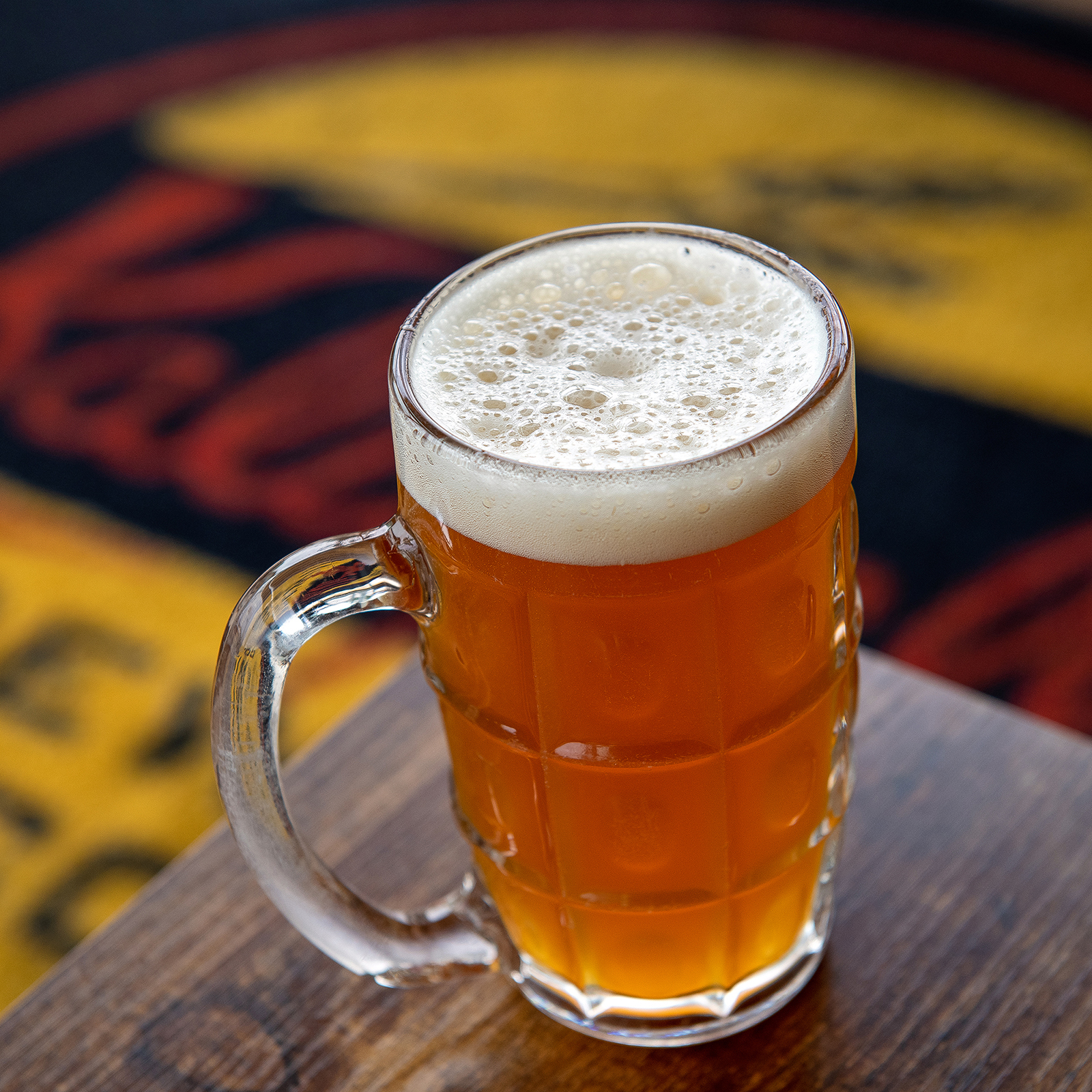As the end of September looms before us, there is a dawning excitement of the approaching winter — the tilting tint of the foliage from green to golden yellow and fiery reds, the shorter days and cooler nights, a crispness on a razor’s edge between seeing our breath in the air and memories of the smoky, hot summer.
This time of year, there is something appropriately exhilarating about an Oktoberfest celebration. Independent of heritage, an Oktoberfest is a great hurrah of games, food, music and, of course, beer. A time to hoist a stein, dance and celebrate camaraderie and friendship.
The Oktoberfest in Munich, Bavaria, Germany is a two-week festival originating in 1810 with the marriage of Prince Ludwig of Bavaria to princess Therese of Saxony-Hildurghausen. The celebration took place in public instead of as a private, royal occasion. Over 200 years later, this cheerful act of inclusion and festivity is not only held at the same location but has spread across the globe.
Märzen has been the signature beer of Oktoberfest since the festival’s birth. (The only beer allowed to be served during the festival is brewed within the city limits of Munich.) Although other styles of beer have been served and brewed as an Oktoberfest, Märzen — whether Americanized or brewed in the Bavarian tradition — remains the quintessential flavor profile.
“Oktoberfest isn’t really a style,” said Cole Schneider, head brewer and co-owner of Kalispell Brewing Company. “What this is really is a Märzen beer, a style that dates back to German laws forbidding brewing during the summer months.”
In fact, although served in the fall, Märzen literally means “March Beer.”
“So the beer they would brew in March was the really strong stuff and was meant to last through the summer,” Schneider said. “It had to be stronger so that it wouldn’t sour. This was before an understanding of microbiology or how to sanitize. This is what they would traditionally serve before they would start brewing again (in the fall).”
Kalispell Brewing’s Oktoberfest leans much closer to a traditional style of Märzen than an Americanized one. Schneider’s passion lies in brewing German-style beers and the attention to detail — using Munich and pilsner malts, Hallertaur Hops and a decoction method of brewing — create a special, very malt forward, sweet and slightly herbal beer.
“It’s going to be a lot closer to what you might find at a traditional Bavarian brewery,” Schneider said. “Maybe not quite that dry.”
“And so it’s a little sweet for sure, and very malty,” he continued. “You’re going to get that sort of melanoidin malt flavor, just a little hint of Hallertaur hops — which are going to be a little herbal spicy. But all of that is going to be playing in the background to the malt flavor, which is predominant.”
Kalispell Brewing uses a decoction method of brewing on a number of its beers, including the Märzen, to produce compounds called melanoidins — compounds responsible for bready, crusty, toasty malt flavors. In decoction, the mash is started at a lower temperature. A portion of the mash is pumped into a separate kettle, brought to a boil and added back into the primary kettle to raise the overall temperature.
“It lends an additional malting that you would not get if you were to brew a single temperature fusion brew,” Schneider said. “And it produces a little more color. It’s more labor intensive, but we think it’s worth it for the flavor that it lends.”
“And because it’s a slightly higher alcohol lager,” he added, “it takes a very long time to ferment and condition. Lager yeast can metabolize esters when they lack anything else to eat, so they can clean up the beer in that cold conditioning period.”
The Oktoberfest is a limited release and worth seeking out. Cans should be hitting the shelves at the end of August. Visitors to Kalispell Brewing’s annual Oktoberfest — with games and food — on Sept. 18, when the first kegs were tapped, were able to experience the beer in its native setting of celebration.
Where to get it: Kalispell Brewing Company’s taproom us located at 412 South Main Street, Kalispell. For availability or for other beers, visit www.kalispellbrewing.com.
Style: Märzen Lager
ABV: 6.1%
Malts: Weyermann Munich 1 and Pilsner
Hops: Hallertaur MF, Perle
Yeast: House Lager Yeast
Appearance: Slight haze, golden amber
Description: Malty, between bready and biscuity, sweet, low bitterness with a slight herbal hop playing background to the predominant malt flavor
Pub Talk
Germany takes beer seriously. The word bierernst means “deadly serious” and translates literally as “beer serious.” The German beer purity law known as the Reinheitsgebot was introduced in 1516 by Duke Wilhelm IV of Bavaria. The law mandates that only hops, barley and water (and later yeast) are allowed as ingredients. The 500-year-old edict still governs brewing in Germany.
